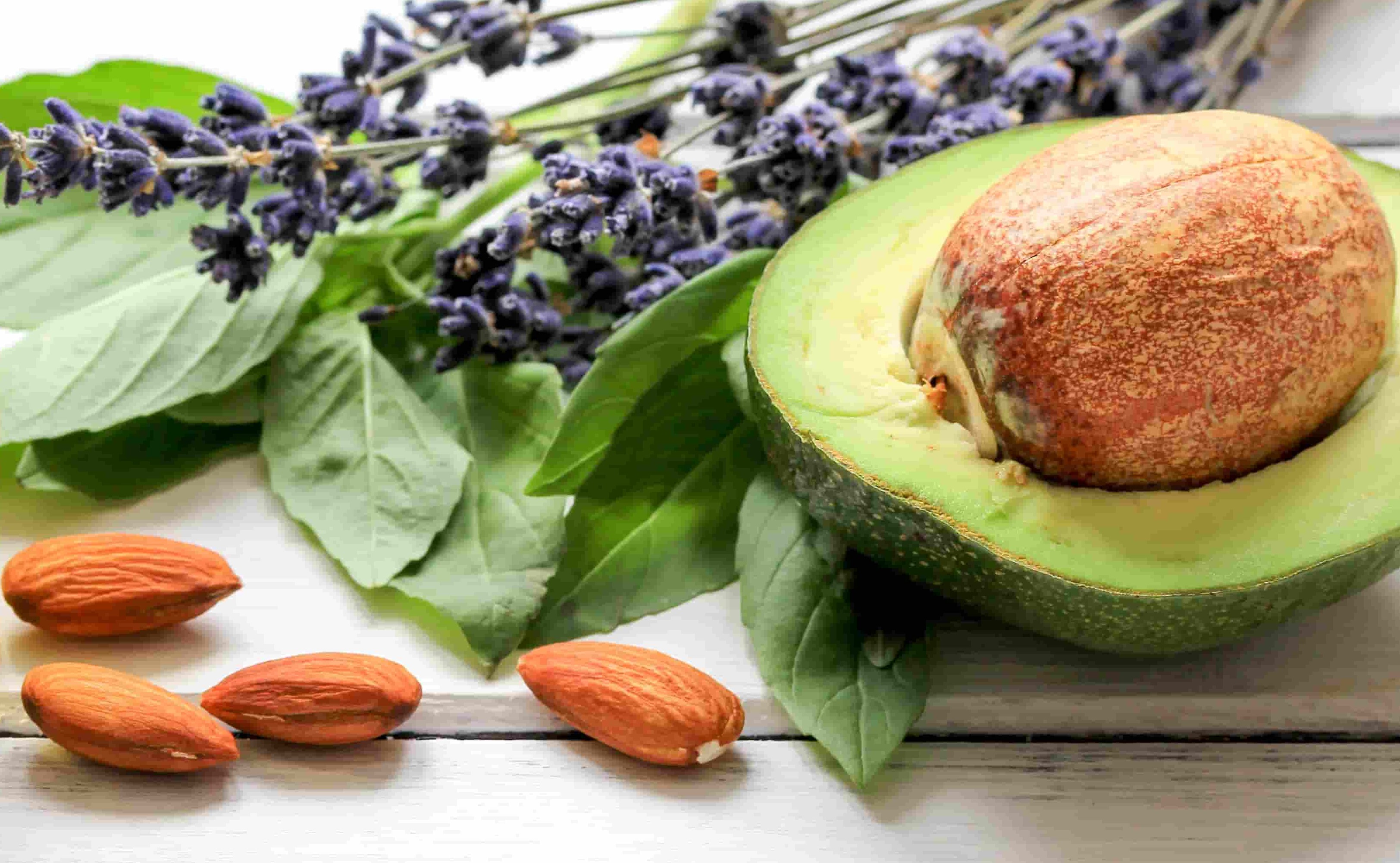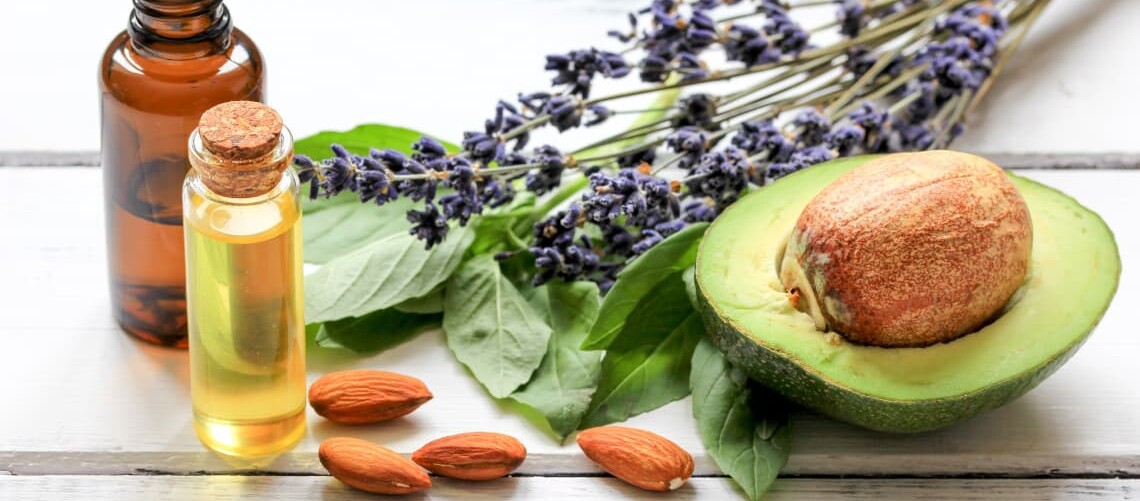Table of Content
- The Natural Oils Revolution: Consumer Demand and Market Impact for Manufacturers of Cosmetic Products
- Almond Oil and Avocado Oil: Key Ingredients in Beauty
- Massage Oil and Body Oil: Specialized Formulation Strategies for Manufacturers of Cosmetic Products
- Baby Oil: Safety and Regulations with Natural Oils
- Beard Oil and Cuticle Oil: Niche Market Opportunities for Manufacturers of Cosmetic Products
- Sourcing and Quality: Ensuring Purity of Natural Oils
- Addressing Risks and Drawbacks of Natural Oils
- Pro Tip: Innovate with Custom Oil Blends for Better Results
- Conclusion
1. The Natural Oils Revolution: Consumer Demand and Market Impact for Manufacturers of Cosmetic Products
The move toward natural beauty products isn’t just a passing trend—it’s a big change in how people shop, and it’s happening for a few important reasons.
First, consumers care more about ingredient safety now. They know more about the risks of synthetic chemicals and want products with simple, plant-based ingredients.
Second, people are thinking more about the environment. They want to buy from brands that focus on sustainability, which is why renewable and biodegradable ingredients like natural oils are so popular.
Also, the idea of "wellness" now includes beauty, and people want products that support overall health. Natural oils, which are often packed with vitamins, antioxidants, and healthy fats, fit perfectly with this idea.
All of this has created a huge and growing market for natural and organic beauty products, which is a great opportunity for manufacturers of cosmetic products. The global market for natural cosmetics is expected to grow to billions of dollars in the next few years, with natural oils playing a key role.
According to Grand View Research, the global cosmetic oil market reached a value of USD 59.44 billion in 2023 and is projected to grow at a CAGR of 5.2% from 2024 to 2030.
2. Almond Oil and Avocado Oil: Key Ingredients in Beauty
In the world of natural oils, almond oil and avocado oil are two of the most popular and useful ingredients for manufacturers of cosmetic products.
- Almond Oil: Made from sweet almond kernels, almond oil is a light, fast-absorbing oil that’s great for moisturizing and softening the skin. It’s packed with Vitamin E, an antioxidant that protects the skin from damage, and essential fatty acids that help keep the skin hydrated and strong. Because it’s so gentle, it works well for all skin types, even sensitive skin. You’ll often find it in products like lotions, creams, massage oil, and body oil.
- Avocado Oil: This oil comes from avocado fruit and is thicker and richer than almond oil. It’s loaded with vitamins A, D, and E, as well as oleic acid, which deeply moisturizes the skin. Avocado oil is especially good for dry, mature, or damaged skin, helping to improve elasticity and give a healthy glow. Manufacturers of cosmetic products commonly use it in body oil, hair treatments, and products for dry skin or eczema. It’s also great as a carrier oil because it helps other active ingredients work better by penetrating deep into the skin.
Both almond oil and avocado oil are incredibly versatile and offer unique benefits, making them key ingredients for manufacturers of cosmetic products. Their effectiveness and wide range of uses keep them in high demand in the natural beauty market.

3. Massage Oil and Body Oil: Specialized Formulation Strategies for Manufacturers of Cosmetic Products
Massage oil and body oil are two important categories in the beauty market. Manufacturers of cosmetic products require a good understanding of what users want and how the oils should perform.
- Massage Oil: The main job of massage oil is to provide smooth gliding during a massage. The best massage oil has a balanced thickness—not too thin (which would need frequent reapplication) and not too thick (which can feel greasy). Almond oil is a popular choice for massage oil because it’s light and glides easily. Other common oils used in massage oils are grapeseed oil, sunflower oil, and jojoba oil. Manufacturers of cosmetic products often add essential oils for their relaxing scents and extra benefits.
- Body Oil: Body oil is meant to deeply moisturize and nourish the skin, leaving it soft and hydrated. Unlike lotions, body oils don’t contain water, so they deliver a concentrated dose of nutrients. The type of oil used depends on the skin type. For example, avocado oil is great for dry skin, while lighter oils like almond oil or grapeseed oil work better for normal or oily skin. Body oil can be used after a shower to lock in moisture or added to a bath for a luxurious experience.
When making massage oil or body oil, manufacturers of cosmetic products often mix different oils to get the right texture, absorption, and benefits. They also need to consider shelf life and stability, as natural oils can go bad over time if not properly preserved.
4. Baby Oil: Safety and Regulations with Natural Oils
Baby oil is a special type of product with strict safety and regulatory rules because babies’ skin is very delicate and sensitive. While traditional baby oil is often made from mineral oil, more brands are now using natural oils in their baby oil formulas.
- Safety Considerations: Safety is the top priority for baby oil. It must be hypoallergenic (unlikely to cause allergies), non-comedogenic (won’t clog pores), and free from harsh ingredients like fragrances, dyes, or preservatives. Natural oils used in baby oil are chosen for being gentle and soothing. Common options include almond oil, sunflower oil, and chamomile oil.
- Regulatory Requirements: Baby oil is heavily regulated in most countries. These rules cover which ingredients can be used, how pure the oil must be, and what kind of testing is required. Manufacturers of cosmetic products must make sure their baby oil meets all these standards, including tests for skin irritation and allergies. Clear and accurate labeling is also a must, so parents know exactly what’s in the product.
Using natural oils in baby oil requires careful formulation and a deep understanding of safety and regulatory guidelines to ensure the product is both effective and safe for babies.
Are you looking for a manufacturer of cosmetics with a resilient and diversified supply chain? Request a quote on our website to find the ideal supplier. Manufacturers of cosmetics like HAROMATICS and Dermoten understand the importance of consistent quality and reliable sourcing, and we can connect you with partners who share those values.

5. Beard Oil and Cuticle Oil: Niche Market Opportunities for Manufacturers of Cosmetic Products
Beyond common uses like massage oil and body oil, natural oils are also essential in niche markets, such as beard oil and cuticle oil.
The rise in beard popularity has increased demand for grooming products like beard oil, which conditions and softens facial hair while moisturizing the skin underneath. Beard oil is typically made with a mix of carrier oils like almond oil, argan oil, and jojoba oil, along with essential oils for fragrance and added benefits. It helps reduce frizz, ease itchiness, and support healthy beard growth.
Similarly, cuticle oil is designed to nourish and protect the skin around nails, preventing dryness, cracking, and hangnails. It often includes nutrient-rich oils like avocado oil, almond oil, and jojoba oil, which are packed with vitamins and fatty acids. Regular use of cuticle oil can improve nail health and improve the overall look of the hands.
These niche markets offer manufacturers of cosmetic products the chance to create specialized products that meet specific consumer needs, expanding the versatility and appeal of natural oils.
6. Sourcing and Quality: Ensuring Purity of Natural Oils
For manufacturers of cosmetic products, the quality and sourcing of natural oils are extremely important because they directly affect how well and how safe the final product is.
Here are the key things to consider:
- Organic Certification: Choosing organic natural oils means the plants used were grown without synthetic pesticides, herbicides, or fertilizers. This often results in a purer oil and reduces the risk of harmful chemicals.
- Extraction Method: Cold-pressed extraction is the best method for natural oils in cosmetics. It avoids high heat and chemical solvents, keeping the oil’s nutrients, antioxidants, and healthy fats intact.
- Supplier Verification: It’s important to carefully check suppliers. Manufacturers of cosmetic products should work with trustworthy suppliers who focus on ethical sourcing, sustainability, and strict quality control. This includes asking for Certificates of Analysis (COAs) and other documents to confirm the oil’s purity and authenticity.
- Traceability: Using traceability systems helps manufacturers of cosmetic products track where their oils come from, all the way from the farm to the finished product. This makes the process more transparent and helps build trust with customers.
Are you a manufacturer of cosmetic products and looking for more opportunities to expand your reach? Join our platform and connect with qualified buyers actively seeking your products. Request a consultation to get started.

7. Addressing Risks and Drawbacks of Natural Oils
While natural oils have many benefits, it’s also important for manufacturers of cosmetic products to be aware of their potential risks and challenges:
- Oxidation and Rancidity: Natural oils, especially those high in polyunsaturated fats, can go bad over time due to oxidation, which reduces their effectiveness. Storing them in cool, dark, airtight containers and adding antioxidants like Vitamin E can help prevent this.
- Allergic Reactions: Although uncommon, some people may have allergies to certain natural oils. It’s a good idea to do a patch test before using a new oil, especially on sensitive skin.
- Comedogenicity: Some oils, particularly those high in oleic acid, can clog pores for some people. This is more of an issue for facial products than for body oil or massage oil.
- Variability: The quality and makeup of natural oils can vary based on factors like growing conditions, harvesting methods, and processing techniques. This can affect how the oil works and performs.
Manufacturers of cosmetic products need to understand these potential issues and take steps to reduce risks and maintain consistent product quality.
8. Pro Tip: Innovate with Custom Oil Blends for Better Results
As a manufacturer of cosmetic products, don’t just use one oil—mix them for better results. For example, combine light, fast-absorbing oils like grapeseed oil with thicker, deeply moisturizing oils like shea butter. This creates balanced products that work for many skin types. You can also customize blends for specific needs, like anti-aging, hydration, or soothing sensitive skin.
Add ingredients like ceramides or peptides to your blends. These help strengthen the skin’s barrier and reduce signs of aging. To keep your products fresh longer, use natural preservatives like rosemary extract or Vitamin E.
Try combining high-performance oils, such as antioxidant-rich sea buckthorn oil with squalane oil, which is similar to the skin’s natural oils. This creates powerful blends that repair and hydrate damaged skin.
Finally, tell the story behind your products. Share where the oils come from and how they benefit the skin. This helps connect with customers who care about transparency and natural ingredients. Mixing creativity with great formulas allows you to create products that work well and appeal to today’s eco-conscious consumers.
9. Conclusion
The beauty industry is seeing a big rise in demand for natural oils as people look for safer, eco-friendly, and health-focused products. Oils like almond oil, avocado oil, and others are now essential in many beauty items, from massage oil and body oil to specialized products like beard oil and cuticle oil. Their ability to nourish and moisturize makes them a must-have for manufacturers of cosmetic products.
The shift toward natural, sustainable ingredients like natural oils highlights a key challenge—and opportunity—for the beauty industry: packaging. While consumers demand eco-friendly products, plastic packaging remains a major issue.
The rise of natural oils, which emphasize sustainability, offers a chance to innovate in packaging. This goes beyond recycled materials to include bio-based plastics, refillable containers, concentrated formulas, and waste-reducing designs. Manufacturers of cosmetic products that supply natural ingredients while helping brands develop truly sustainable packaging will meet consumer demand and stand out.
The future of beauty isn’t just about the product inside—it’s about the packaging and the entire product lifecycle. True leadership in the industry will be defined by a full commitment to sustainability, yielding long-term growth and brand loyalty.
For further information about health, cosmetics and beauty, read these insightful articles on europages:
- Foodceuticals: The Future of Food & Health
- Fermented Foods: Benefits, Trends & Sustainability
- Employee health: the importance of wellbeing | Europages

